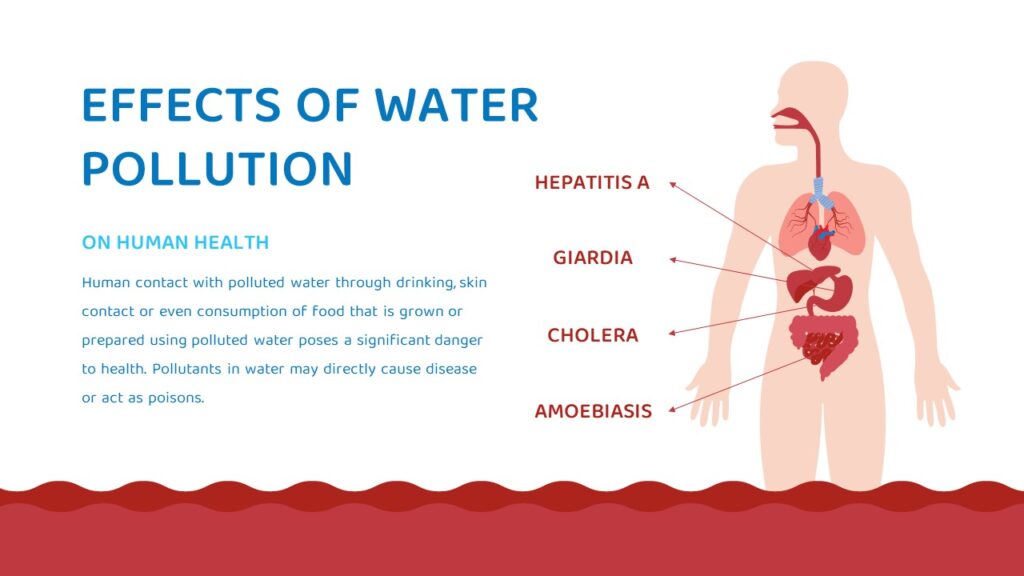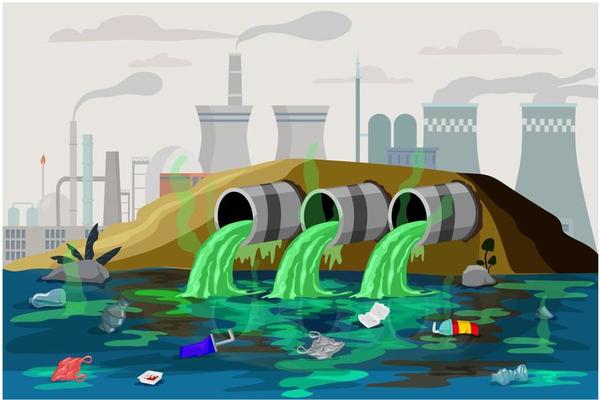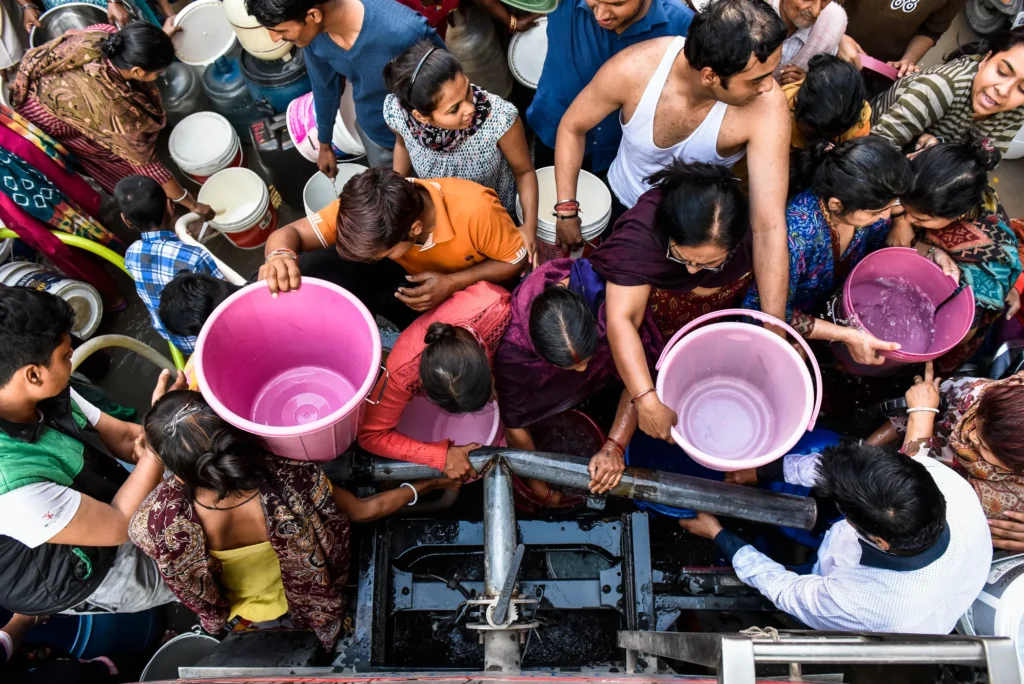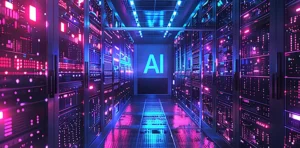Introduction:
Water—life’s most essential element—is under siege. Across the globe, rivers run thick with chemicals, lakes teem with microplastics, and oceans serve as dumping grounds for human excess. While the damage is often invisible to the naked eye, the long-term consequences of water pollution ripple across ecosystems, economies, and public health systems. This article takes a closer look at the sources, impacts, and solutions to water pollution, backed by global data and emerging trends.
The Anatomy of Water Pollution
Water pollution is not a single event or source; it’s a complex mix of industrial discharge, agricultural runoff, urban waste, and plastic debris. The main categories include:
- Chemical Pollution: Includes industrial effluents, heavy metals like mercury and lead, and pharmaceuticals.
- Biological Pollution: Caused by pathogens from sewage and animal waste.
- Physical Pollution: Sediment from soil erosion and plastic waste accumulation.
- Thermal Pollution: Caused by industries discharging heated water into water bodies, affecting aquatic life.
Statistical Snapshot:
- According to the United Nations, over 80% of the world’s wastewater is released into the environment untreated.
- One in three people globally lacks access to safe drinking water (WHO, 2023).
- The World Bank estimates that polluted water costs low- and middle-income countries up to 2% of their GDP annually due to health impacts and lost productivity.

Case Studies: The Local Faces of a Global Crisis
1. Ganges River, India
Once revered as sacred, the Ganges is now among the world’s most polluted rivers. Over 3 billion liters of sewage enters it daily, with only a third being treated. Efforts like the Namami Gange mission show some promise but face challenges of scale, enforcement, and public participation.
2. Flint, Michigan, USA
A stark reminder of urban water mismanagement, the 2014 Flint crisis exposed thousands to lead-contaminated drinking water, leading to developmental issues in children and widespread distrust in government oversight.
3. Lake Tai, China
Recurring algal blooms, driven by nitrogen and phosphorus from fertilizers and sewage, have turned this lake into a toxic soup, threatening drinking water supplies for over 2 million people.
Ecological and Human Impacts
- Aquatic Dead Zones: More than 400 hypoxic zones (low oxygen areas) have been identified worldwide, mainly due to nutrient overloads.
- Biodiversity Loss: Contaminated waters reduce fish populations, alter food chains, and promote invasive species.
- Public Health Crises: Diseases such as cholera, dysentery, and hepatitis A are closely linked to polluted water. Chronic exposure to heavy metals can lead to cancer, kidney damage, and cognitive disorders.

Policy and Technological Solutions: A Glimmer of Hope
1. Green Infrastructure
Urban solutions like constructed wetlands, green roofs, and permeable pavements help filter runoff before it reaches water bodies.
2. Decentralized Wastewater Treatment
Especially vital in rural or low-income areas, decentralized systems allow small communities to treat sewage locally and cost-effectively.
3. Bioremediation
Harnessing microbes and plants to clean water systems offers an eco-friendly, scalable approach to pollution.
4. Policy Enforcement
Countries like Sweden and the Netherlands have enforced stringent pollution control laws, linking water quality directly to economic instruments like taxes and subsidies.
Analytical Insight: A 2022 study in Nature Sustainability revealed that for every $1 invested in clean water infrastructure, $4 in economic returns are generated through health improvements and productivity gains.
Conclusion: A Shared Responsibility
Water pollution is both a scientific and societal challenge. It cannot be solved by technology alone—behavioral change, education, and strong governance are equally critical. Every plastic bottle discarded improperly, every untreated drain that flows into a stream, and every ignored law contributes to a deeper crisis. But with collaborative effort, transparent policy, and grassroots engagement, we can reverse the damage—drop by drop.







More Stories
Maithili Thakur: From Folk Singing Sensation to Rising Political Star
Mysuru Dasara: The Royal Festival of Karnataka – History, Culture, and Celebration
Blood Moon Over Sydney: Unveiling the Celestial Show with Telephoto Magic